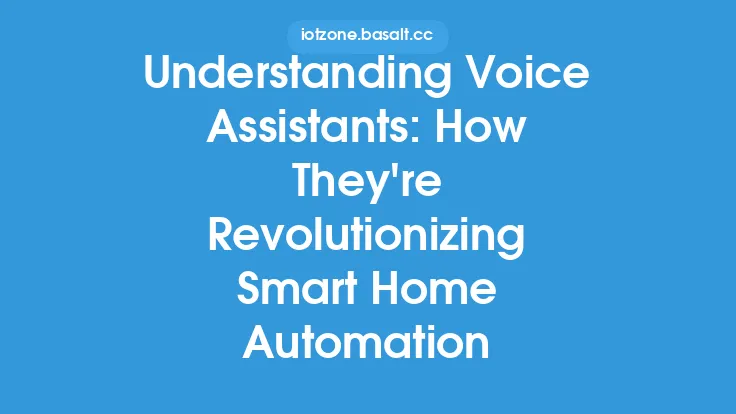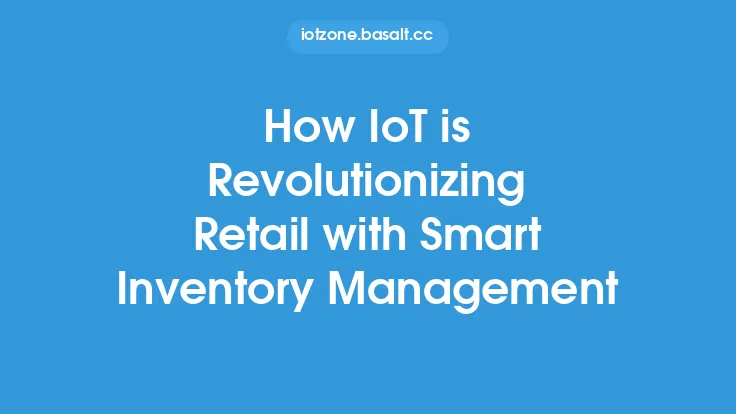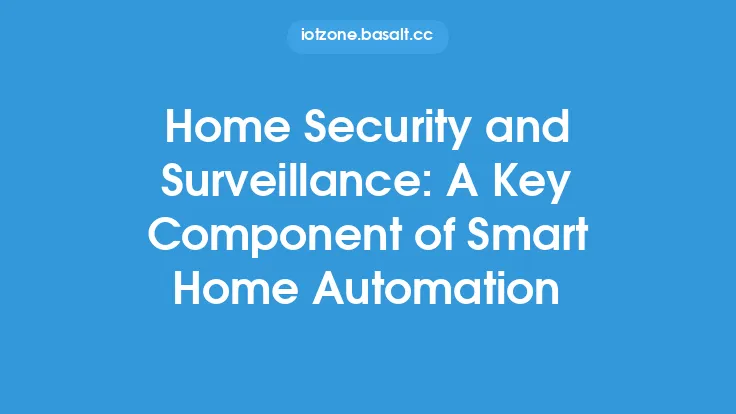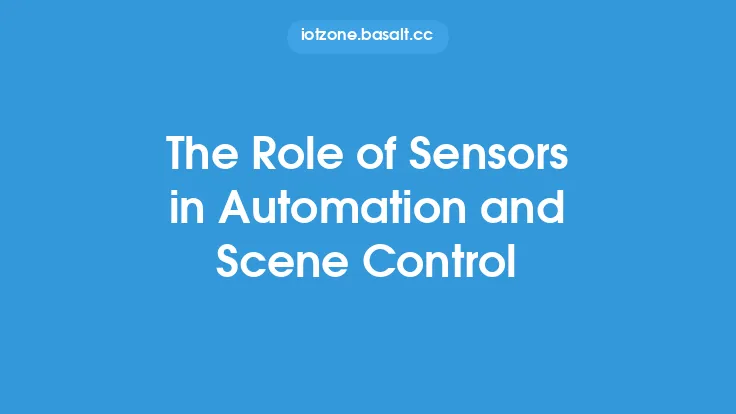The advent of the Internet of Things (IoT) has transformed numerous industries, and agriculture is no exception. The integration of IoT sensors and automation in farming has given rise to a new era of smart farming, characterized by increased efficiency, productivity, and sustainability. At the heart of this revolution are IoT sensors, which collect and transmit data on various parameters such as temperature, humidity, soil moisture, and crop health. This data is then used to automate farming tasks, optimize resource allocation, and make informed decisions.
Introduction to IoT Sensors in Agriculture
IoT sensors used in agriculture are designed to withstand the harsh outdoor environment and can be categorized into several types, including wireless sensor networks, satellite imaging, and unmanned aerial vehicles (UAVs). Wireless sensor networks consist of nodes that communicate with each other to transmit data, while satellite imaging provides high-resolution images of crops and fields. UAVs, or drones, equipped with sensors and cameras, offer a more detailed and localized view of crop health and growth. These sensors can be used to monitor soil conditions, track crop growth, and detect early signs of disease or pests.
Automation in Smart Farming
Automation plays a crucial role in smart farming, enabling farmers to optimize resource allocation, reduce labor costs, and improve crop yields. Automated systems can be used to control irrigation, fertilization, and pest management, ensuring that crops receive the right amount of water, nutrients, and protection. For instance, automated irrigation systems can adjust water supply based on soil moisture levels, weather forecasts, and crop water requirements. Similarly, automated fertilization systems can apply the optimal amount of fertilizer at the right time, reducing waste and environmental impact.
Communication Protocols and Data Analytics
The data collected by IoT sensors is transmitted to the cloud or a local server using various communication protocols such as Wi-Fi, Bluetooth, LoRaWAN, and cellular networks. The choice of protocol depends on the specific application, range, and bandwidth requirements. Once the data is transmitted, it is analyzed using data analytics tools to extract insights and patterns. Data analytics can help farmers identify trends, predict crop yields, and detect anomalies, enabling them to make informed decisions. For example, data analytics can be used to predict the optimal harvest time, reducing waste and improving crop quality.
Security and Privacy Concerns
As with any IoT application, security and privacy are major concerns in smart farming. The use of IoT sensors and automation systems introduces new vulnerabilities, such as data breaches, unauthorized access, and malware attacks. To mitigate these risks, farmers and agricultural organizations must implement robust security measures, including encryption, secure authentication, and regular software updates. Additionally, data privacy policies must be established to ensure that sensitive information, such as crop yields and soil conditions, is protected and only shared with authorized parties.
Benefits and Challenges of Smart Farming
The benefits of smart farming are numerous, including increased crop yields, improved resource allocation, and reduced environmental impact. Smart farming can also help farmers adapt to climate change by providing real-time data on weather patterns, soil conditions, and crop health. However, there are also challenges associated with smart farming, such as the high upfront cost of IoT sensors and automation systems, limited internet connectivity in rural areas, and the need for specialized skills and training. Furthermore, the integration of IoT sensors and automation systems can be complex, requiring significant investment in infrastructure and technology.
Real-World Applications and Case Studies
Several real-world applications and case studies demonstrate the effectiveness of smart farming. For example, a farm in the United States used IoT sensors and automation to optimize irrigation and fertilization, resulting in a 20% increase in crop yields and a 15% reduction in water consumption. Another example is a farm in Africa that used UAVs equipped with sensors and cameras to monitor crop health and detect early signs of disease, reducing crop losses by 30%. These case studies highlight the potential of smart farming to improve agricultural productivity, reduce waste, and promote sustainable practices.
Future Directions and Opportunities
The future of smart farming holds much promise, with emerging technologies such as artificial intelligence, machine learning, and blockchain expected to play a major role. Artificial intelligence and machine learning can be used to analyze data from IoT sensors, predict crop yields, and detect anomalies. Blockchain can be used to create a secure and transparent supply chain, enabling farmers to track their products from farm to table. Additionally, the integration of IoT sensors and automation systems with other technologies, such as robotics and drones, is expected to further enhance the efficiency and productivity of smart farming. As the global population continues to grow, smart farming is poised to play a critical role in ensuring food security, reducing environmental impact, and promoting sustainable agricultural practices.





